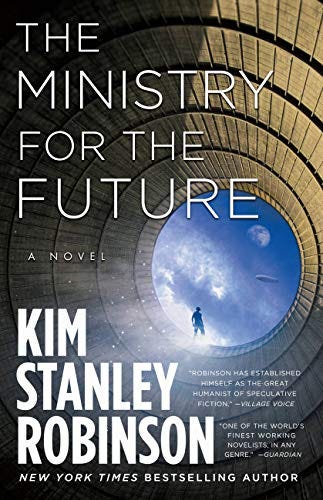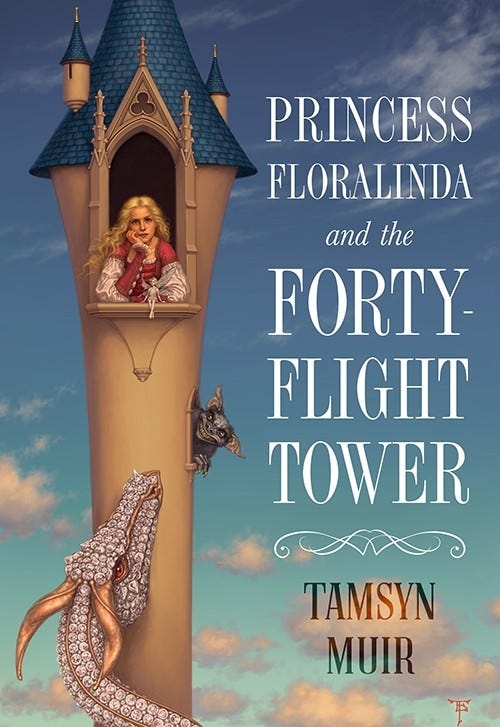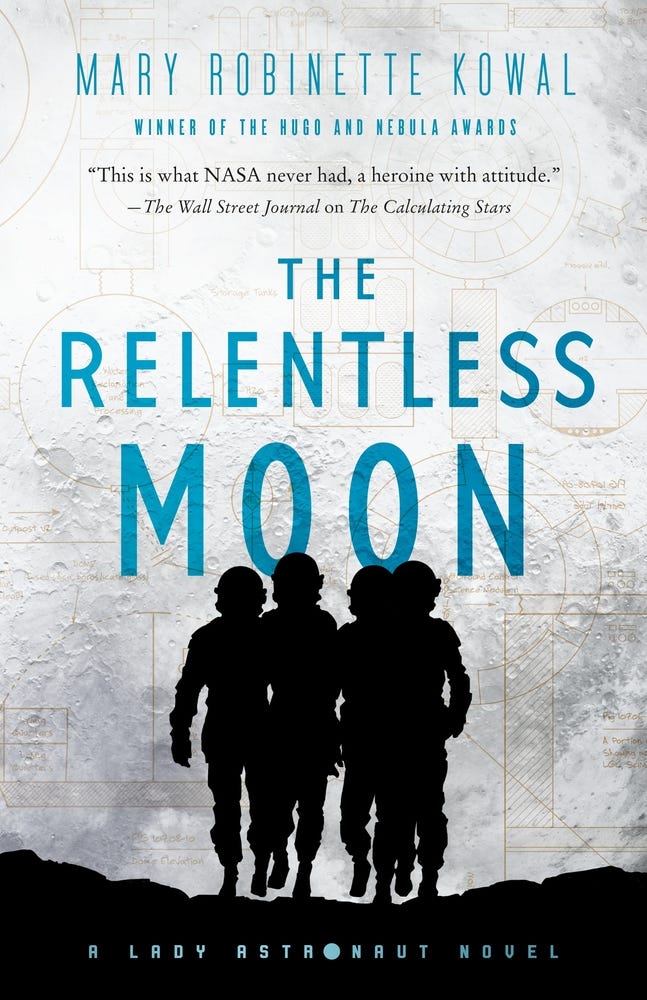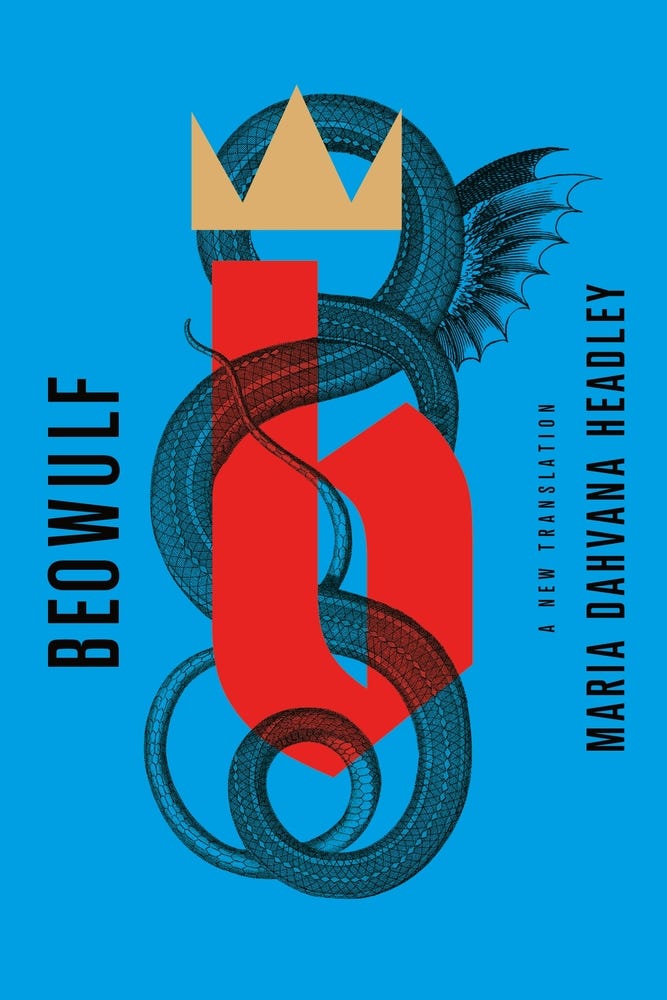Five great things about 2020 (they were all books)

The New Year is always seen as a time for new beginnings, and let’s hope that 2021 delivers on that promise. The coronavirus pandemic rages on, but with effective vaccines now being rolled out, an end to this hermetic, screen-bound chapter of existence is at least imaginable; Donald Trump is still our president, but by choice or by escort, the man will be removed from the White House in less than three weeks; the specter of climate change looms large on the horizon, but President-elect Joe Biden has made tackling the planetary crisis a centerpiece of his agenda.
But before we say our final good riddances to this hell year, I wanted to point out one thing that wasn’t awful about 2020: The books. Despite the utter homogenization our daily lives, science fiction and fantasy writers published stories that were diverse, nuanced, and deeply engrossing. To be fair, many of these were finished before the pandemic upended everything, and 2021 will give us a better indication of how this year left its mark on storytelling. Maybe we’ll be truly sick of the zombie apocalypse genre after being forced to treat our friends and neighbors like a deadly threat for months, and the new year will usher in a wave of sunny, utopian fiction. Or perhaps, 2020’s grimdark feel will inspire us to invent even ghastlier monsters.
My hope is that 2021 will bring more books like the five I’ve spotlighted below, and others I’ve written about here and here.
***
The Ministry for the Future by Kim Stanley Robinson
At its best, science fiction holds up a mirror to society, allowing us to work through the most pressing problems of our time in the safe imaginative space of a distant world or a not-so-distant future. Kim Stanley Robinson has always excelled at problem-solving through fiction, but even his own standards, Robinson’s latest novel on climate change is damn impressive. After opening with a gut-wrenching description of a heat wave in India that kills 20 million people, The Ministry for the Future quickly reveals that it’s not another dispatch from the apocalypse to come. It’s a field guide to solving the climate crisis, laid out in a 576-page narrative peppered with quirky interludes from the perspective of carbon atoms and financial markets.

The lesson at the heart of The Ministry for the Future is that climate change isn’t just a technical problem that can be fixed with new energy technologies and carbon-sucking machines: it’s an everything problem resulting from our broken relationship with the natural world and each other. In order to solve it, we need to change, well, everything. Robinson explores what that could look like in a way that’s at once realistic, radically optimistic, and occasionally terrifying (air travel might not have ended so quickly, for example, if a terrorist organization didn’t start shooting planes out of the sky).
As we move deeper into what many scientists have described as the critical decade for getting climate change under control, this compendium of dire warnings and hopeful solutions should be at the top of every concerned Earthling’s reading list.
The City We Became by N.K. Jemisin

Like many others, I discovered the brilliant N.K. Jemisin through her Broken Earth trilogy, the three time Hugo award-winning, genre-defying mashup of science fiction and fantasy set on a far future Earth beset by geological disasters. In The City We Became, it’s not rocks and planets that are magically self aware, but cities. And when New York starts to wake up from its long slumber, its human avatars must come together to defeat an eldritch horror hell bent on destroying the city’s soul.
Ultimately, this is as much a book about overcoming xenophobia and racism as it is about epic showdowns between super-powered city-people and Lovecraftian tentacle monsters (or maybe the monster is actually Lovecraft, who Jemisin is not a fan of). And in 2020, its message couldn’t be timelier.
Princess Floralinda and the Forty Flight Tower by Tamsyn Muir

There’s no question that Tamsyn Muir is my favorite new writer I discovered this year. After devouring the first two books of The Locked Tomb trilogy, a space fantasy series about queer necromancers fighting to protect God from a cosmic enemy while honing their flesh and bone magic through, uh, science, I was intrigued when she published a novella about a princess locked in a tower full of monsters. But if you’re expecting a straightforward fairy tale based on that description, fear not: Muir takes every single trope about princesses locked in towers and absolutely obliterates it.
After all the princes sent to rescue Floralinda get devoured by a dragon, the princess is left with only one escape option: She must battle her way through forty floors of monsters herself. With the help of an irascible fairy who moonlights as a chemist, Floralinda not only learns how to fight, she learns to fucking enjoy it. The result is disturbing, hilarious, bloody disgusting, and definitely not for kids.
The Relentless Moon by Mary Robinette Kowal

If you’re a space history nerd, you cannot miss Mary Robinette Kowal’s Lady Astronaut series, an alternate history in which a cataclysmic meteor strike in the early 1950s kicks off a runaway greenhouse effect that threatens to make the Earth unlivable in 50 years. The disaster dramatically accelerates the space race, which we see play out in the series’ first two books through the eyes of pilot and math whiz Elma York.
But now that humanity has established a small base on the Moon and the first astronauts are on their way to Mars, larger social forces threaten to derail humanity’s cosmic aspirations. When a radical anti-space faction known as Earth First hatches a plot to sabotage the entire space program, astronauts on the Moon must scramble to figure out who is behind it—and stop them before it’s too late.
From the get-go, I’ve been impressed with how Kowal uses the physical realities of spaceflight and the technological limitations of the ‘50s and ‘60s (“computer” refers to a person here) to build dramatic tension. But the existential question raised by the third book—is it right to focus all of our energy on the stars when there’s so much inequality and suffering here on Earth?—is one that feels especially relevant today.
Beowulf: A New Translation by Maria Dahvana Headley

I don’t remember which translation of Beowulf I read in college, but do I remember how it felt: stuffy and archaic, with characters as flat as 8th century emojis. What a difference a new translation makes.
Whether you found your college edition of the Old English epic torturous or interesting, Maria Dahvana Headley’s translation is worth a read because, well, there’s nothing else like it. Her prose is frenzied, funny, and delightfully modern, filled with swearing, memes, and hip hop-inspired rhymes that would feel right at home in Hamilton. There’s all the good stuff about the original—monsters, murders, dragons, blood-soaked battles, mead-fueled boasts galore—repackaged as a sort of epic rap battle that empowers its female characters while throwing alliterative shade on toxic masculinity. (Headley’s version of the 1,300 year-old poem opens with “Bro,” which is at once absurd and perfect.) This isn’t the Beowulf you read in studious silence at the library—it’s the Beowulf you shout at the bar after a few too many pints of beer. A bottle of wine and some friendly faces on Zoom would also work nicely.